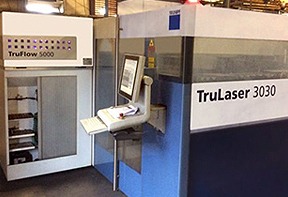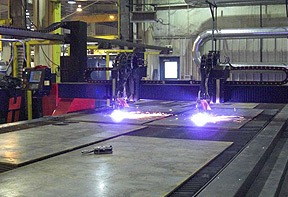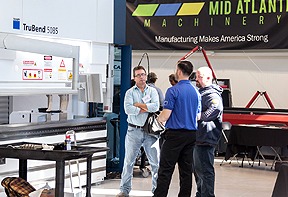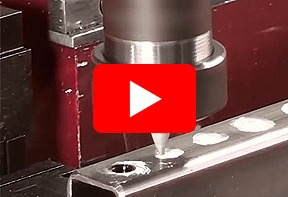Enhanced Productivity Through Automated Machine Tending
Automated machine tending systems, which are deployed to oversee and manage machines or processes, are increasingly being adopted in the manufacturing and fabrication sectors. They contribute to enhanced productivity through several avenues:
- Increased Machine Uptime: Automated machine tending reduces the downtime of machines as they spend less time idle. The continuous operation improves the Overall Equipment Effectiveness (OEE) of the machines, thus increasing productivity1. The robotic systems significantly enhance uptime compared to manual loading and unloading, with the only pauses being for regular maintenance2
- Enhanced Throughput: With automation, the pace of loading and unloading parts is accelerated, overcoming the limitations posed by manual labor, such as shift changes, breaks, and sick days. This results in smoother operations and lessens the bottlenecks often experienced with manual labor, thereby boosting throughput34.
- Greater Consistency: Automated systems ensure consistent operations as they are programmed to perform tasks the same way each time, eliminating the inconsistencies associated with human labor. This consistency is particularly beneficial in parts loading and unloading tasks, ensuring product and process consistency across various applications like grinding, milling, welding, among others3.
- Reduced Labor Costs: Automated machine tending minimizes labor costs by reducing the necessity for human intervention in repetitive or potentially hazardous tasks. Besides lowering ongoing labor costs, it also reallocates human resources to tasks that require human intelligence and flexibility, thus optimizing the workforce3.
- Improved Quality and Reduced Errors: The precision and accuracy of automated systems lead to improved quality of parts and reduced errors in manufacturing processes, thereby maximizing throughput5.
- Flexibility and Adaptability: Automated machine tending systems can be quickly reprogrammed to handle new product variants and changes, which is crucial for meeting market demands and shortening the time to market, especially in flexible production plants16
- Cost Efficiency: Modular automation, a form of machine tending, is shown to be less costly compared to larger solutions, with up to 50% more machine uptime and up to 50% less cost. It also requires up to 20% lower life cycle management investment, which is a substantial saving for manufacturers6.
The combination of these benefits results in a significant productivity boost, enabling manufacturers and fabricators to meet the increasing demands of modern industrial operations while remaining competitive and profitable. For more information contact us today!









